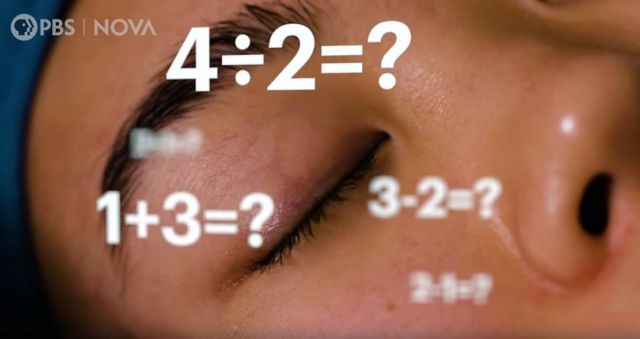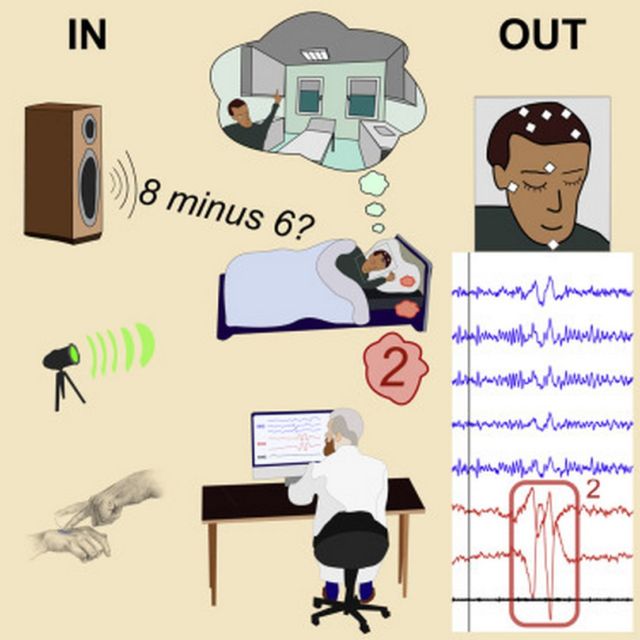Dream hacking: Scientists achieve real-time communication with lucid dreamers, using a new way to explore the world of dreams.
Watch the first-ever video documenting this live two-way dream communication.
Groundbreaking experiments on decisions, addictions and sleep.
Have you ever felt drawn toward choices without knowing why? Or, as seen in the movie “Inception,” have you ever felt like you’ve woken up with a decision that’s already been made for you?
Neuroscience is beginning to demystify such feelings. Our agency and decisions, it turns out, can be measurably influenced by events that evade the conscious part of our brains. We’ll see three groundbreaking experiments that illustrate that influences we are unaware of in our waking life, during dreamless sleep, or even in our dreams can impact our memory and behavior.
Published on February 18, 2021, in the journal Current Biology, an international team of scientists have found a bridge to the dream world by showing that it’s possible to have a direct dialogue with someone in their dream—and NOVA’s Greg Kestin (host of “What the Physics?!”) was given exclusive access.
The scientific context and potential effect of this team’s work are built up in the film through two related groundbreaking experiments. These experiments also show how scientists can influence your decisions, desires, and habits without you being aware.
Karen Konkoly, a PhD student at Northwestern University and first author of the paper, said:
“There are studies of lucid dreamers communicating out of dreams, and also remembering to do tasks. But there’s a fairly limited amount of research on the stimuli going into lucid dreams.
One thing that surprised us is that you could just say a sentence to somebody, and they could understand it just as it actually is.”
Overview of the experimental setting: IN (lower left) refers to methods whereby information was transmitted from experimenter to dreamer. OUT (lower right) refers to methods whereby information was transmitted from dreamer to experimenter. Examples of three dreams (color-coded for each input method) are illustrated below relevant excerpts from corresponding dream reports obtained following awakening.
The Konkoly et al. paper on lucid dreaming
source elifesciences







Leave A Comment